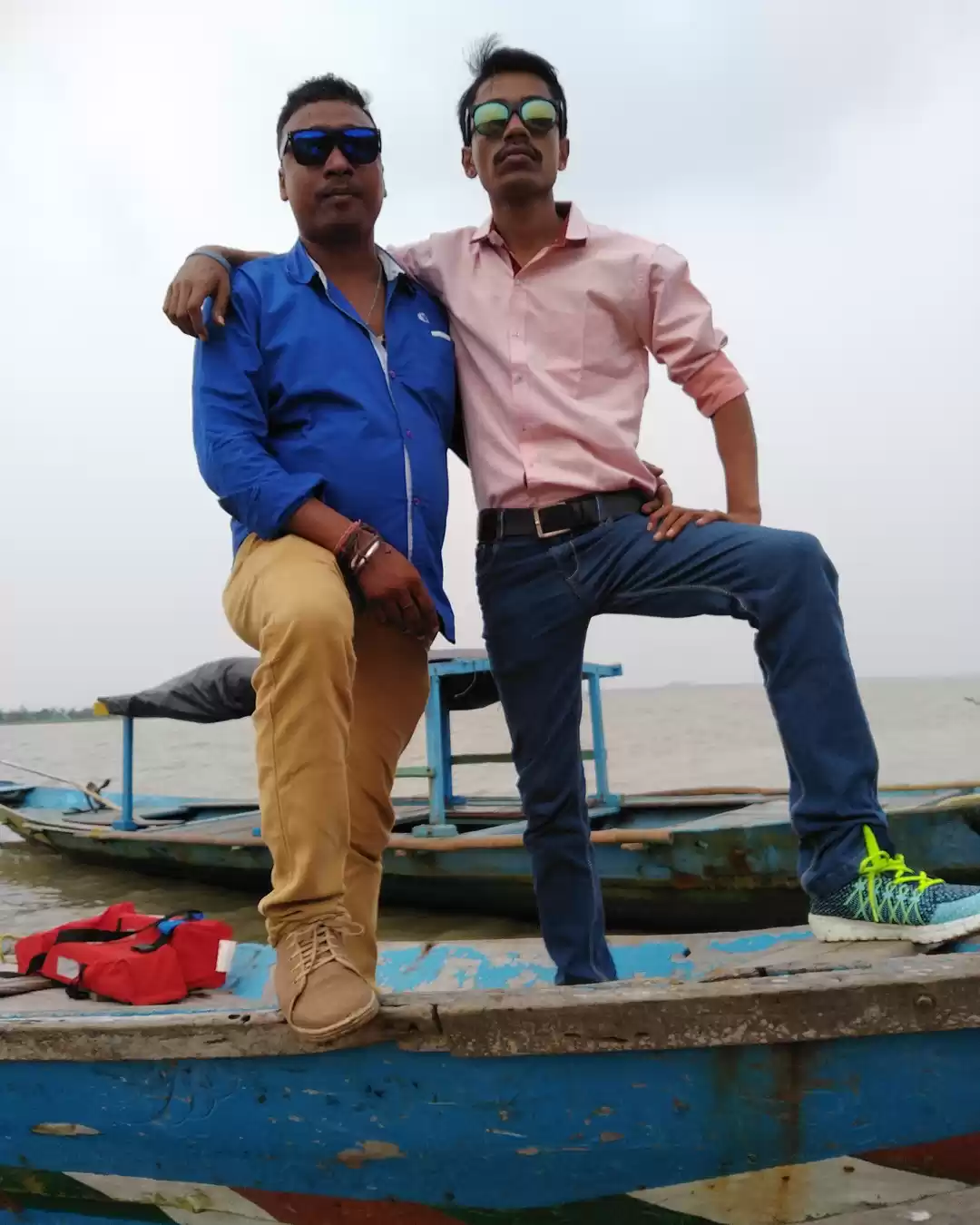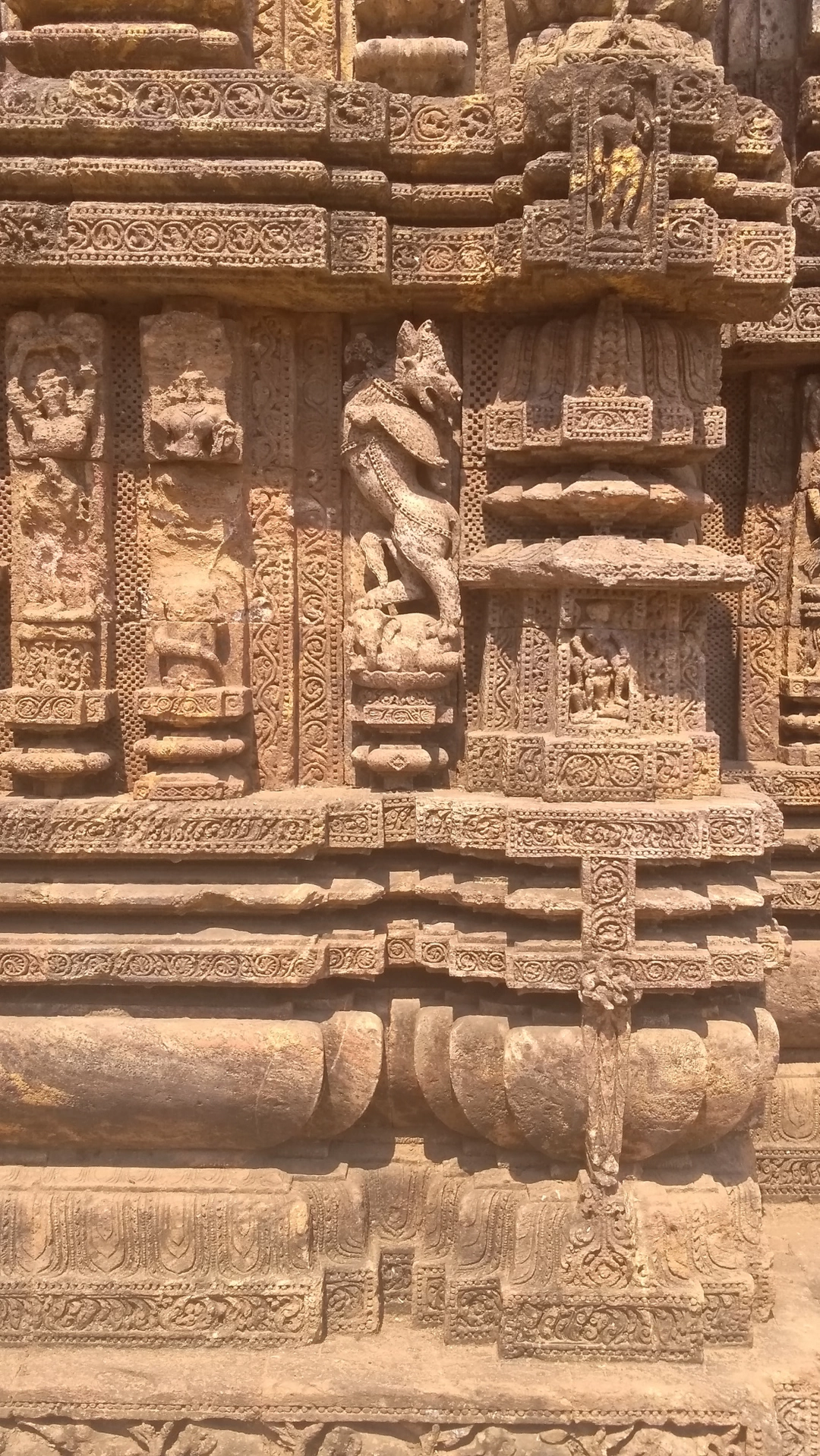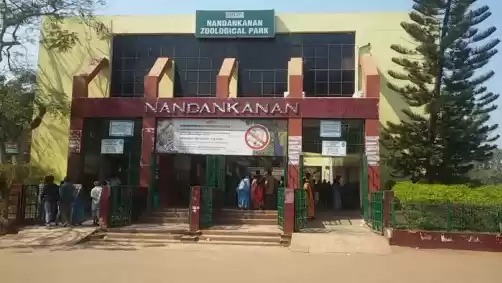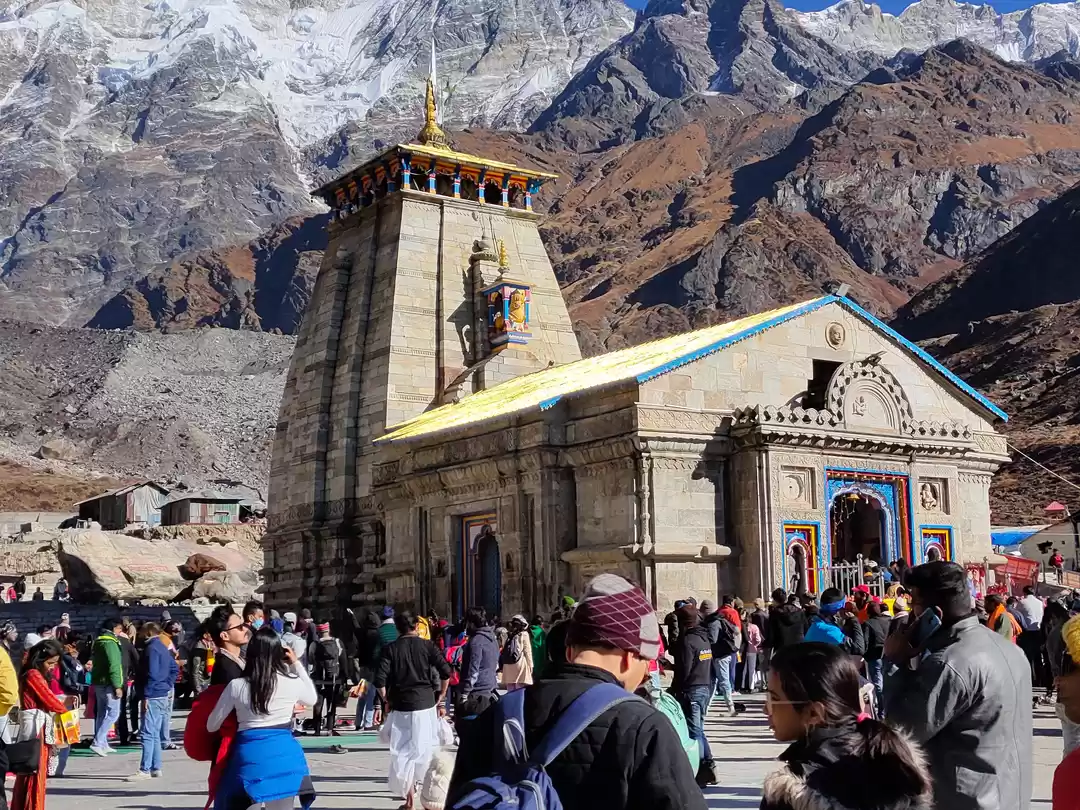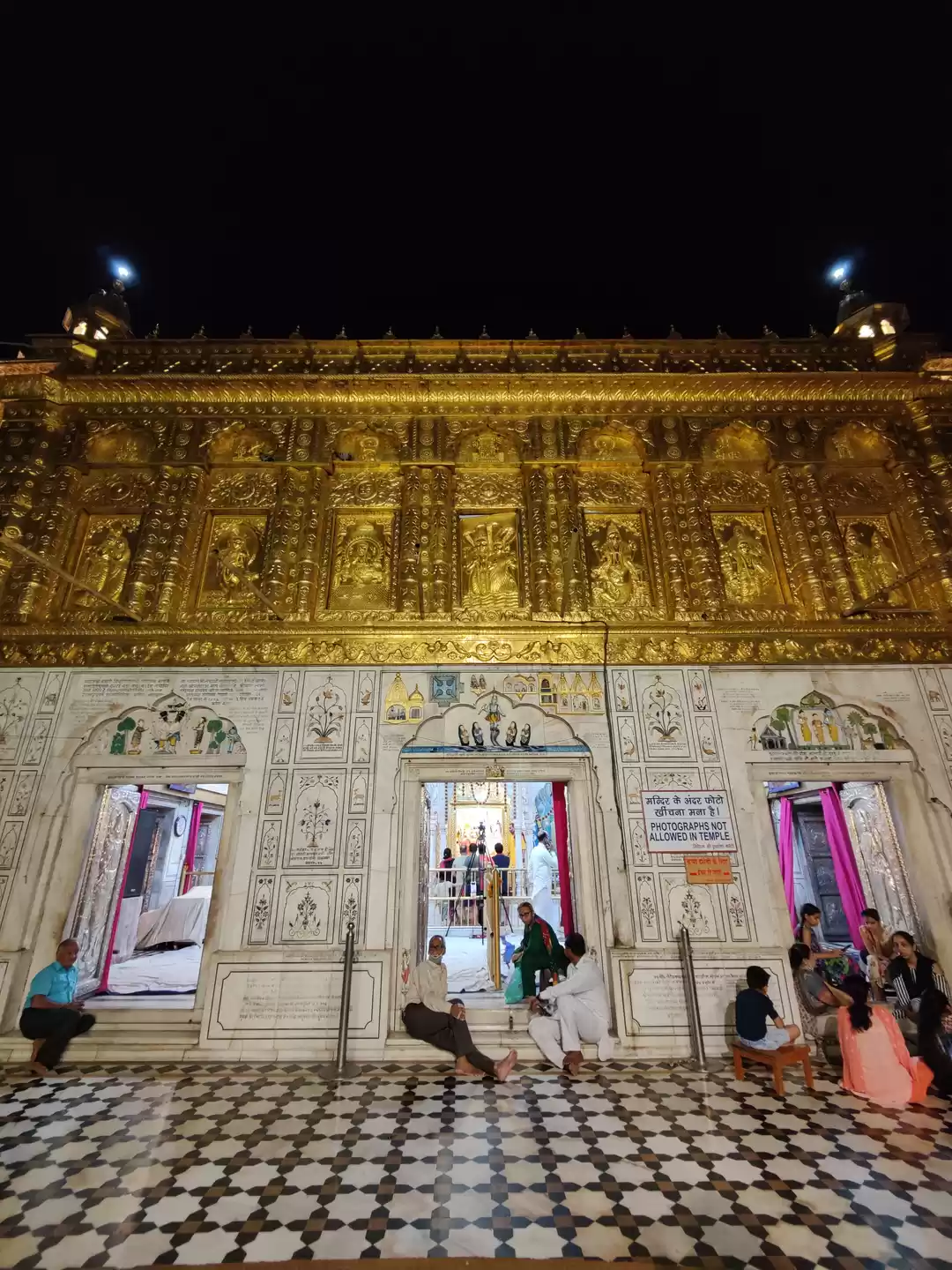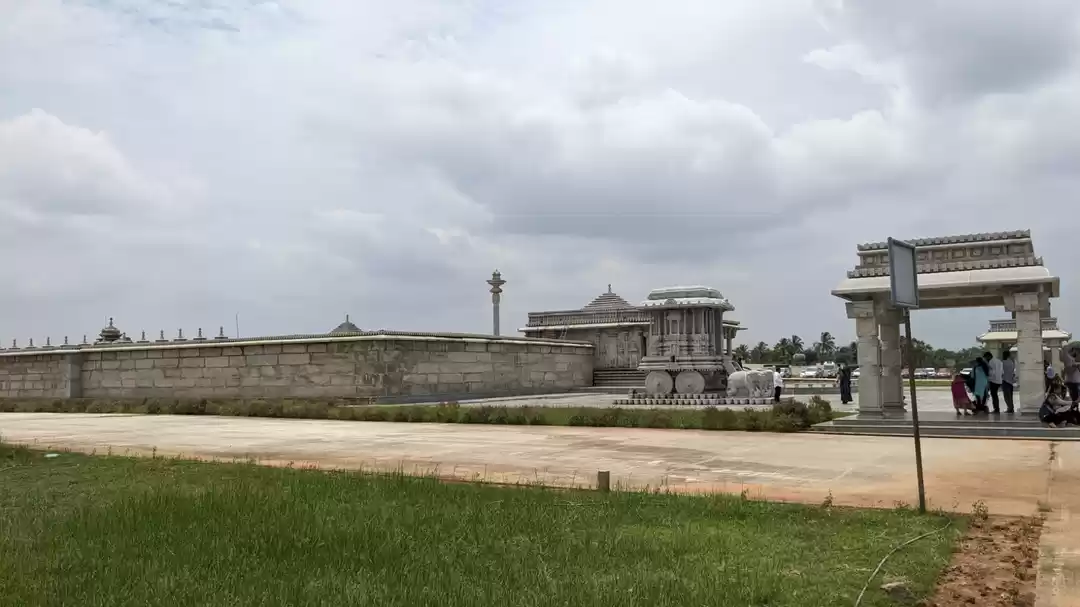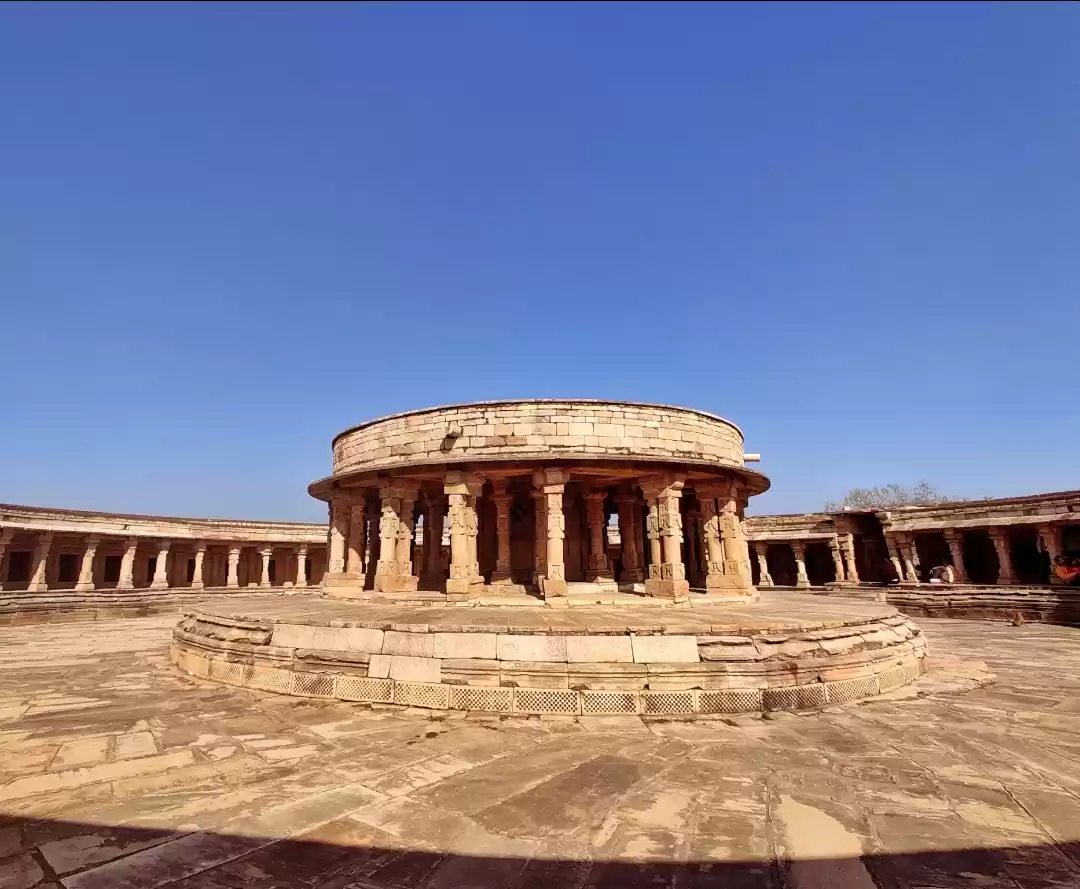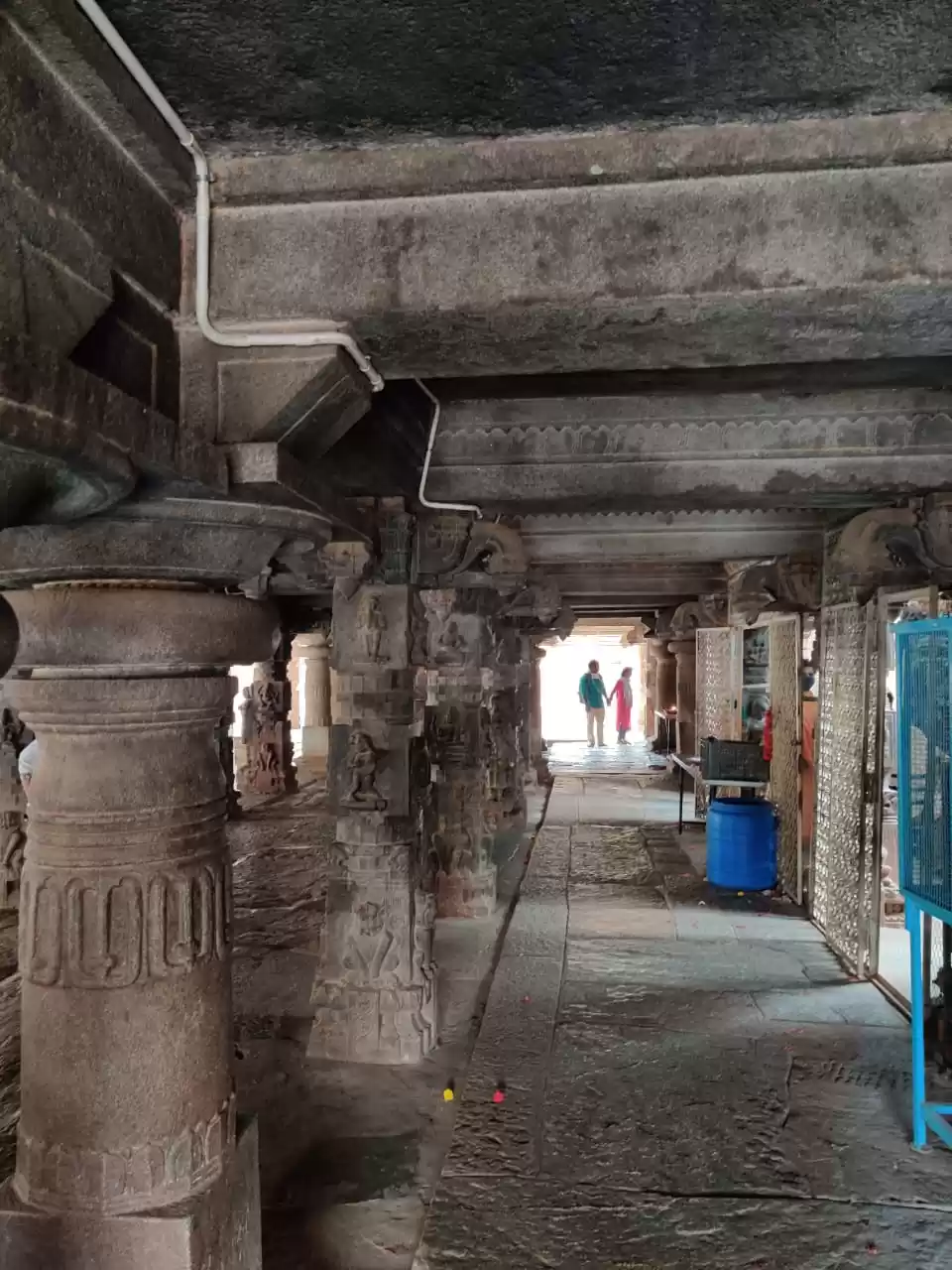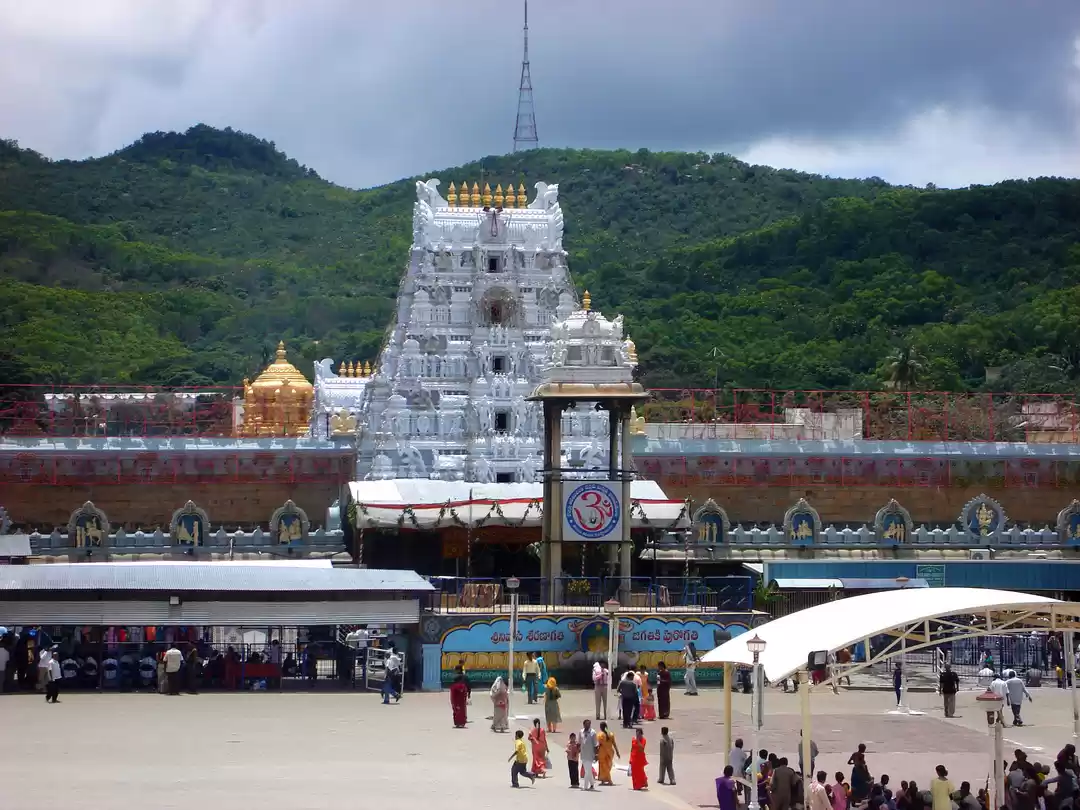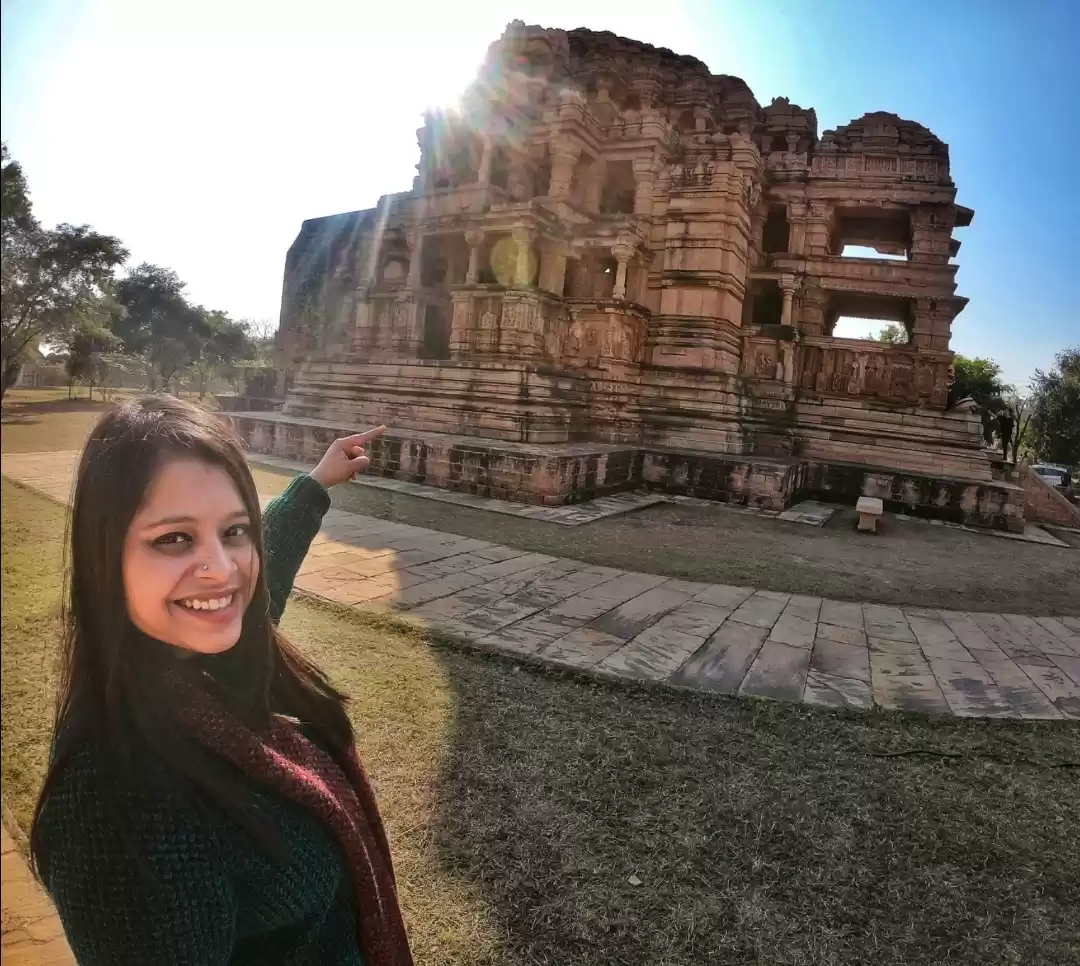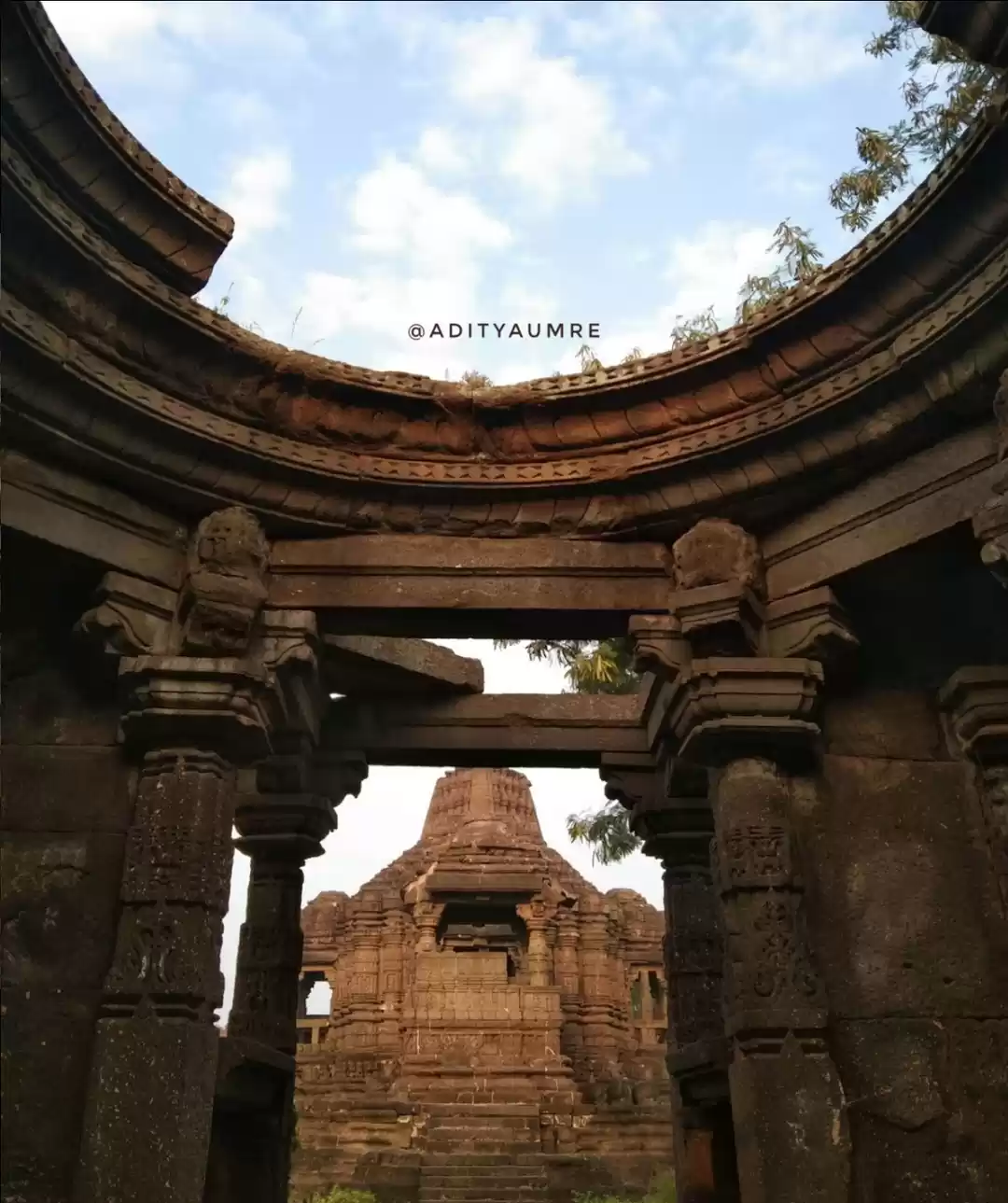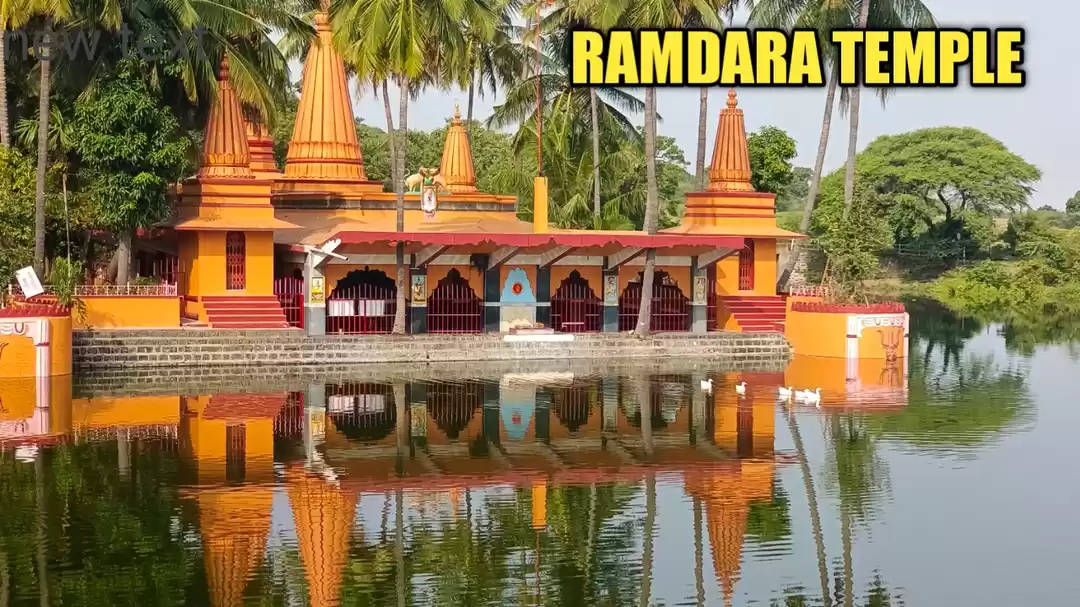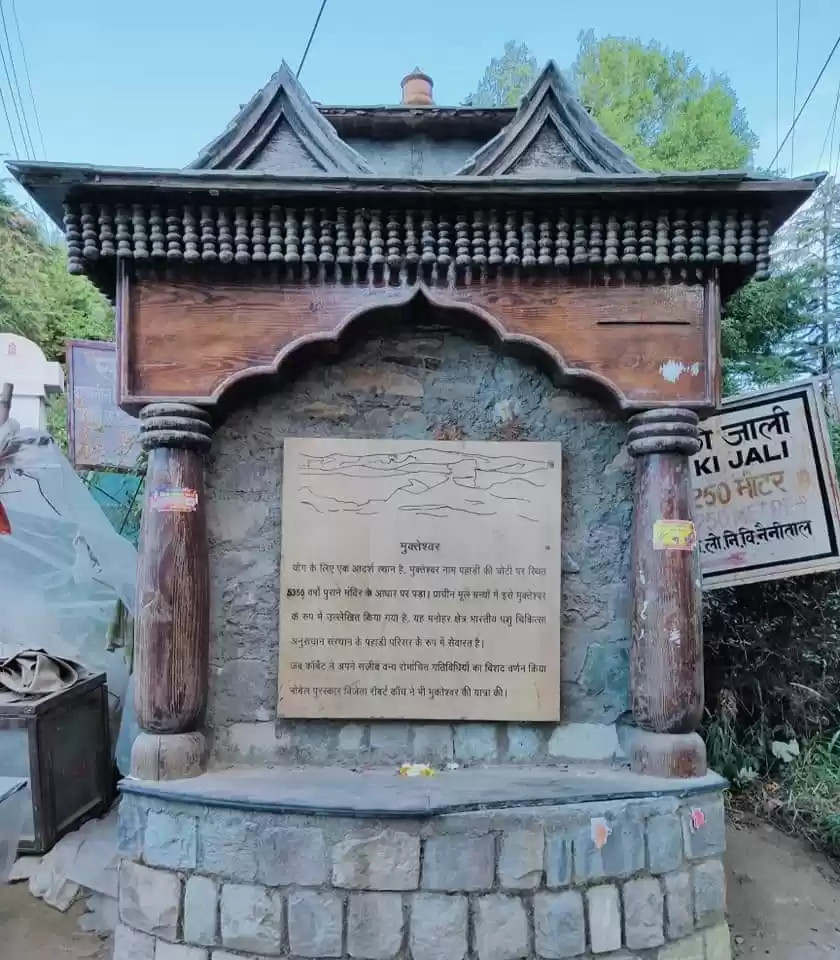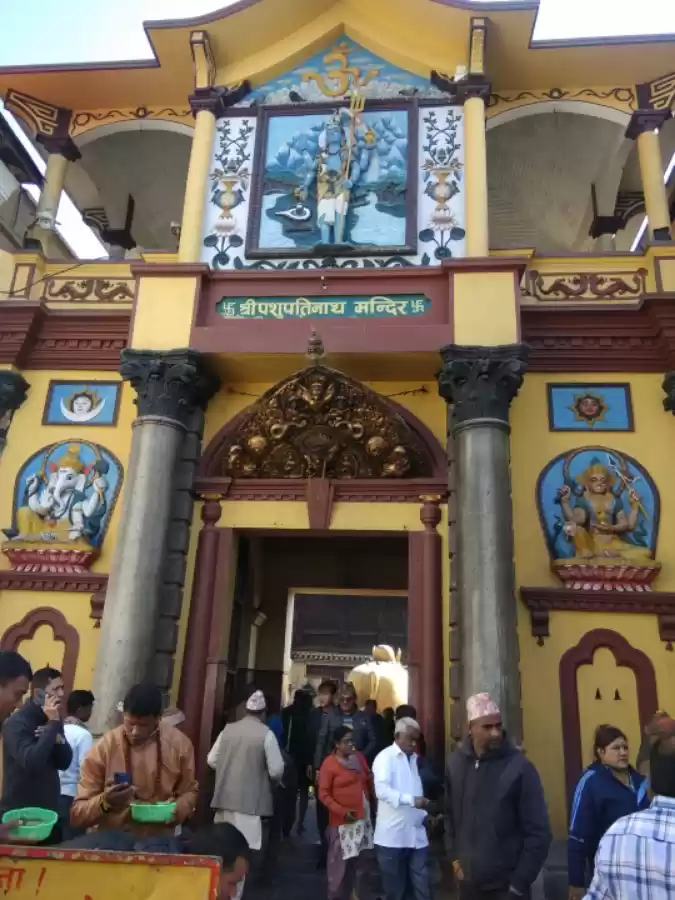Did you know that the Mukteswara Temple in Bhubaneswar is considered to be the first temple to display the full-fledged features of the Kalinga style of temple architecture? This style is characterized by a towering spire, a curved roof, and intricate carvings that adorn the walls and pillars. The Mukteswara Temple is dedicated to Lord Shiva, the supreme deity of Hinduism, and is believed to be a place where one can attain mukti or liberation from the cycle of birth and death. The name Mukteswara means “the lord of freedom”.

The main attraction of the temple is its ornate gateway or torana, which has four pillars supporting an arch decorated with floral motifs and figures of musicians and dancers. The gateway is said to be influenced by Buddhist architecture and is unique among Odisha’s temples. The temple also hosts an annual dance festival in January, where classical dancers perform in front of the temple.
In this article, we will explore the history, significance, features, and location of the Mukteswara Temple in Bhubaneswar, one of the finest examples of Odisha’s temple architecture and a source of inspiration for many later temples. If you are planning to visit Bhubaneswar or Odisha, do not miss this opportunity to witness this marvel of art and spirituality.
History
The temple was built in the 10th century CE during the Somavamsi dynasty, which ruled over Odisha and parts of Bihar and Madhya Pradesh. The Somavamsis were patrons of art and culture and promoted the development of temple architecture in Odisha. They also supported Shaivism, a sect of Hinduism that worships Shiva as the supreme god.
According to a legend, King Yayati Kesari was cured of leprosy by bathing in a well near the temple. He then built the temple as a mark of gratitude to Lord Shiva. The well is still present today and is known as Marichi Kunda. It is said that the water of the well has healing properties and can cure skin diseases.
Also Read: Explore the Golden Triangle of East: Bhubaneswar, Puri & Konark
Significance
The temple is regarded as a masterpiece of Odisha’s temple architecture and a milestone in the evolution of the Kalinga style. It showcases the beauty and elegance of the Kalinga style with its graceful proportions, harmonious design, and exquisite carvings. The temple also reflects the influence of Buddhism, Jainism, and Tantrism on Odisha’s culture and religion.
The temple is also a place of spiritual significance for devotees who seek liberation from the cycle of birth and death. The temple is dedicated to Lord Shiva, who is also known as Mukteswara or Mahamrityunjaya, the conqueror of death. The temple has a lingam or phallic symbol that represents Shiva’s energy and power. The lingam is surrounded by eight smaller shrines that represent the eight forms of Shiva.
The temple also hosts an annual dance festival in January, which coincides with Makar Sankranti, a harvest festival that marks the transition of the sun into Capricorn. The festival attracts classical dancers from all over India who perform various styles such as Odissi, Bharatanatyam, Kathak, Kuchipudi, and Manipuri. The festival is a celebration of Odisha’s rich cultural heritage and a tribute to Lord Shiva.
Here is a 7 Days Guide For Exploring Odisha
Features
The temple stands at a height of 35 feet and is made of red sandstone. The temple consists of three parts: a porch or jagamohana, a hall or mukhasala, and a sanctum or vimana. The porch and the hall are rectangular in shape, while the sanctum is square in shape. The sanctum has a curved roof that resembles an inverted boat or a watermelon. The roof is crowned by a spire or rekha deul that rises above the sanctum.
The walls are adorned with intricate carvings depicting scenes from Hindu mythology, such as Shiva’s marriage to Parvati, Shiva’s dance as Nataraja, and Shiva’s fight with Ravana. The carvings also include floral patterns, geometric designs, animals, birds, and human figures. Some of the carvings are influenced by Tantrism, a mystical branch of Hinduism that involves rituals and practices for attaining spiritual power.
The most striking feature of the temple is its gateway or torana, which has four pillars supporting an arch decorated with floral motifs and figures of musicians and dancers. The gateway is said to be influenced by Buddhist architecture and is unique among Odisha’s temples. The gateway also has a stone architrave or lintel that rests on the pillars and has carvings of Shiva’s various forms, such as Ardhanarishvara, Harihara, and Andhakasura Vadha.
The temple also has a stone pillar or lathe that stands in front of the porch. The pillar has carvings of a lion, an elephant, and a monkey. The pillar is believed to be a symbol of strength, wisdom, and devotion. The pillar also has a wheel or chakra at the top, which represents the sun or the cosmic order.
The temple also has several sculptures and statues that enhance its beauty and charm. Some of the sculptures are of Ganesha, the elephant-headed god of wisdom and success; Kartikeya, the god of war and son of Shiva; Durga, the goddess of power and victory; Saraswati, the goddess of learning and music; and Lakshmi, the goddess of wealth and prosperity.
Location
The temple is located in Bhubaneswar, the capital city of Odisha. It is situated on Lewis Road, near other famous temples such as Parasurameswara Temple, Rajarani Temple, and Lingaraja Temple. It is also close to other attractions such as Bindu Sagar Lake, Dhauli Hill, and Udayagiri and Khandagiri Caves.
The temple is easily accessible by road, rail, and air. The nearest railway station is Bhubaneswar Railway Station, which is 3 km away from the temple. The nearest airport is Biju Patnaik International Airport, which is 6 km away from the temple. There are buses, taxis, auto-rickshaws, and cycle-rickshaws available to reach the temple from different parts of the city.
Conclusion
The Mukteswara Temple in Bhubaneswar is a gem of Odisha’s temple architecture that showcases the beauty and elegance of the Kalinga style. It has a rich history, a high significance, and a stunning features that attract devotees, scholars, and tourists alike.
If you are planning to visit Bhubaneswar or Odisha, do not miss this opportunity to witness this marvel of art and spirituality.

